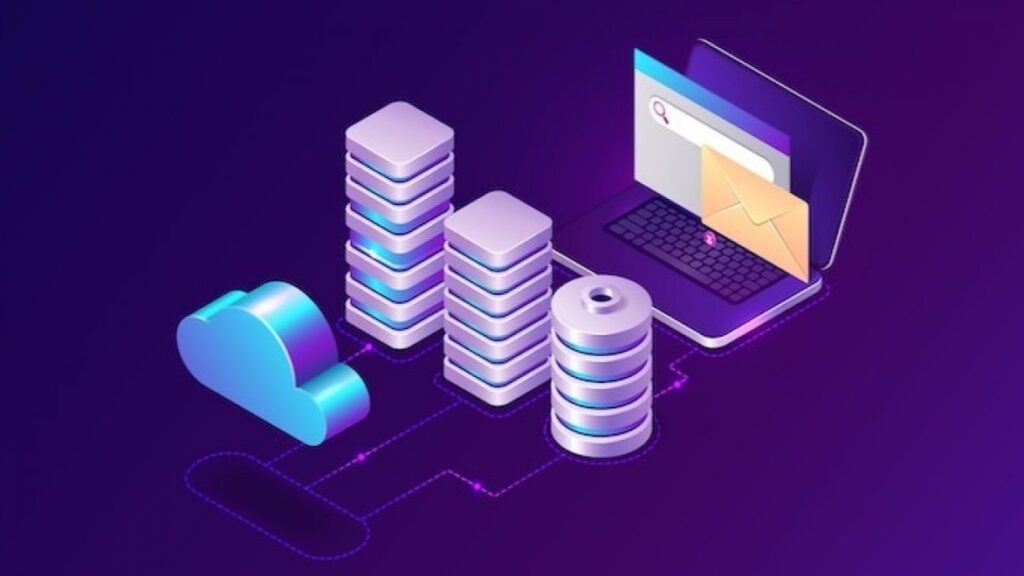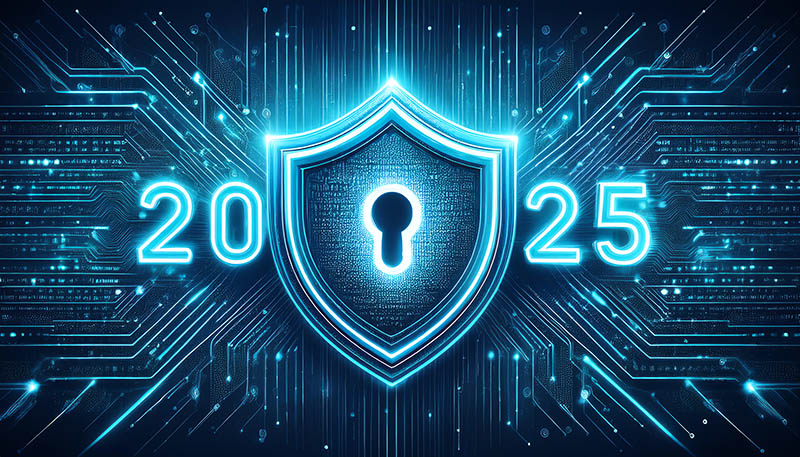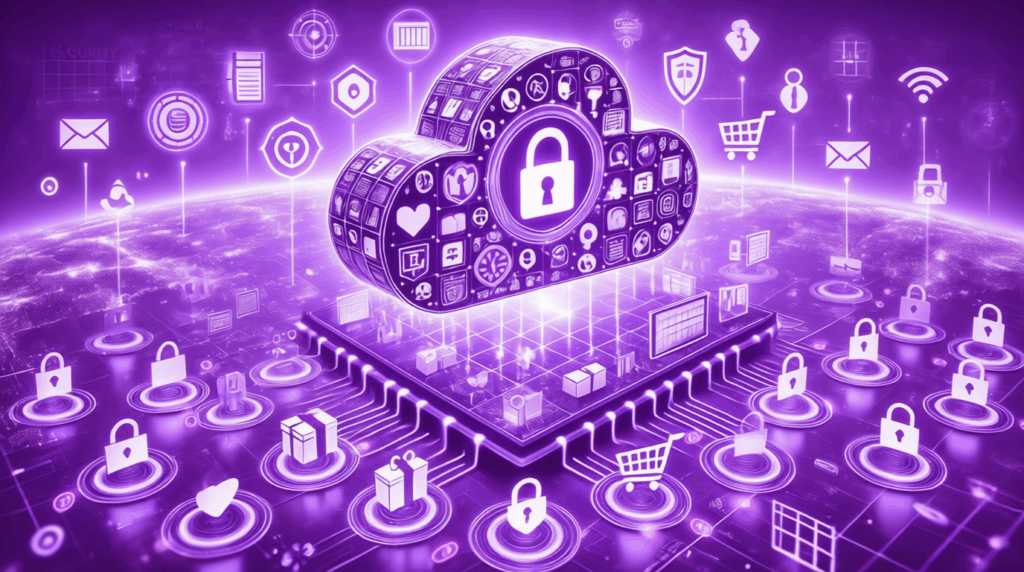For decades, the 3-2-1 backup rule has been the gold standard of data protection: keep three copies of your data, on two different media types, with one copy offsite. IT professionals have preached it, consultants have sold it, and businesses have dutifully implemented it.
But here’s the uncomfortable truth: in 2025, following the 3-2-1 rule alone is like locking your front door while leaving every window wide open.
The Rule That Couldn’t Keep Up
The 3-2-1 rule was brilliant—for its time. Developed in an era when the primary threats were hardware failures, natural disasters, and accidental deletions, it provided solid protection against the data loss scenarios that kept IT managers awake at night in the early 2000s.
Fast forward to today, and the threat landscape has transformed beyond recognition. Modern ransomware doesn’t just encrypt your primary data—it hunts for your backups. Sophisticated attackers now spend an average of 21 days inside your network before striking, during which time they’re identifying and compromising your backup systems.
The sobering statistics:
- 93% of ransomware attacks now target backup repositories
- 75% of organizations that had backups still paid ransoms because their backups were corrupted or inaccessible
- The average cost of ransomware downtime reached $1.85 million in 2024, even when backups existed
Your three copies, two media types, and one offsite location? Attackers know exactly where to find them.
What the 3-2-1 Rule Doesn’t Account For
Traditional backup strategies operate on a fundamental assumption: that you’ll notice an attack immediately and your backups will remain untouched. This assumption is dangerously outdated.
Here’s what the 3-2-1 rule can’t handle:
1. Delayed Discovery
Modern ransomware often encrypts data slowly and quietly, meaning your backup system dutifully backs up corrupted files for days or weeks before you realize something’s wrong. By the time you discover the attack, your last “clean” backup might be beyond your retention window.
2. Credential Compromise
If attackers gain administrative credentials (which happens in 80% of breaches), your backup system becomes just another target. Those separate media types? They’re all accessible with the same compromised credentials.
3. Zero-Day Vulnerabilities
New ransomware variants emerge daily, exploiting vulnerabilities that your traditional backup system has no way to detect. The 3-2-1 rule assumes your backups are secure by virtue of existing—not by virtue of being actively defended.
4. Recovery Time Reality
Having three copies sounds great until you need to actually restore 500GB of data and discover it will take 18 hours. Can your business survive that long? The 3-2-1 rule says nothing about recovery speed.
Enter AI-Powered Backup Intelligence
This is where artificial intelligence fundamentally changes the game. AI-powered backup solutions don’t just store copies of your data—they actively defend it, understand it, and anticipate threats before they materialize.
Behavioral Analysis That Sees What Humans Can’t
AI systems analyze millions of data points across your Google Workspace or Microsoft 365 environment, establishing behavioral baselines for normal activity. When a user account suddenly starts modifying hundreds of files per minute, or when file extensions begin changing en masse, AI flags these anomalies instantly—often before the ransomware fully executes.
In one recent case, an AI-powered system detected suspicious activity at 2:47 AM when a compromised admin account began accessing files it had never touched before. The system automatically isolated the affected data and alerted security teams. By the time the ransomware fully triggered at 3:15 AM, the damage was contained to less than 50 files. A traditional 3-2-1 system would have backed up the encrypted files for days before anyone noticed.
Immutable Backups With Smart Versioning
While some modern backup systems offer immutability, AI takes this further by intelligently managing versions. Instead of blindly keeping copies for a set retention period, AI-powered systems can:
- Identify which backup versions contain suspicious modifications
- Recommend the optimal restore point based on file integrity analysis
- Predict which files are most critical to your operations and prioritize their protection
- Automatically extend retention for backups taken just before suspicious activity began
Predictive Threat Forecasting
This is where AI truly surpasses traditional backup strategies. By analyzing threat intelligence from across millions of environments, AI systems can predict emerging attack patterns and proactively strengthen defenses.
If a new ransomware variant is targeting healthcare organizations’ billing systems, and you’re a healthcare provider, your AI-powered backup system can automatically increase monitoring and backup frequency for those specific data types—before you’re ever targeted.
Automated Recovery Orchestration
The 3-2-1 rule tells you to have backups. AI tells you exactly how to use them when disaster strikes.
Modern AI systems can:
- Map data dependencies to ensure you restore in the correct order
- Simulate recovery processes to verify integrity before committing to a full restore
- Estimate recovery time based on your current network conditions and data volume
- Automatically select the fastest recovery path (local vs. cloud restore)
This means recovering from ransomware in hours, not days—and knowing with confidence that your restored data is clean.
The New Standard: AI-Augmented Defense in Depth
So is the 3-2-1 rule completely obsolete? Not exactly. Think of it as a foundation that’s no longer sufficient on its own. The new standard looks more like this:
The AI-Powered Backup Framework:
- Multiple immutable copies (building on 3-2-1’s core principle)
- AI-driven behavioral monitoring for early threat detection
- Intelligent version management that goes beyond simple retention policies
- Automated compliance and governance for audit-ready documentation
- Predictive forecasting that anticipates threats before they materialize
- Orchestrated recovery with dependency mapping and integrity verification
This isn’t just backup—it’s intelligent data resilience.
What This Means for Your Organization
If you’re still relying solely on traditional backup strategies, you’re not just behind the curve—you’re exposed. Here’s what moving to AI-powered backups actually looks like:
For Google Workspace users: AI can detect when a compromised account starts modifying shared drives, identify which files have been affected, and maintain clean versions even if the attack continues for days. It understands the relationship between Gmail, Drive, Calendar, and Contacts data, ensuring complete recovery across all services.
For Microsoft 365 environments: AI monitors everything from Exchange mailboxes to SharePoint sites, Teams conversations to OneDrive storage. It recognizes patterns like mass deletions, unusual sharing behavior, or suspicious login locations—often catching insider threats and compromised accounts that traditional systems miss entirely.
For compliance-driven organizations: AI doesn’t just back up data—it automatically documents chain of custody, tracks data lineage, and maintains audit trails that satisfy GDPR, HIPAA, SOC 2, and other regulatory requirements. When auditors come knocking, you have answers, not excuses.
The Bottom Line
The 3-2-1 rule served us well for nearly two decades. It taught us that redundancy matters, that geographic separation is crucial, and that backups are non-negotiable.
But in a world where ransomware attackers are more sophisticated than ever, where cloud environments generate terabytes of data daily, and where downtime costs thousands of dollars per minute, simply having copies isn’t enough.
You need backups that think. You need systems that defend themselves. You need intelligence that evolves as threats evolve.
The 3-2-1 rule isn’t dead—it’s just been promoted from the entire strategy to the starting point. AI-powered backup solutions like MicroBackups build on that foundation, adding layers of intelligence that transform passive storage into active defense.
The question isn’t whether you can afford to upgrade your backup strategy. It’s whether you can afford not to.
Ready to see how AI-powered backups can protect your organization? Get a free security assessment and discover vulnerabilities in your current backup strategy before attackers do. Visit MicroBackups.com or schedule a demo today.
Protect your data. Simplify recovery. Stay ahead of threats.



